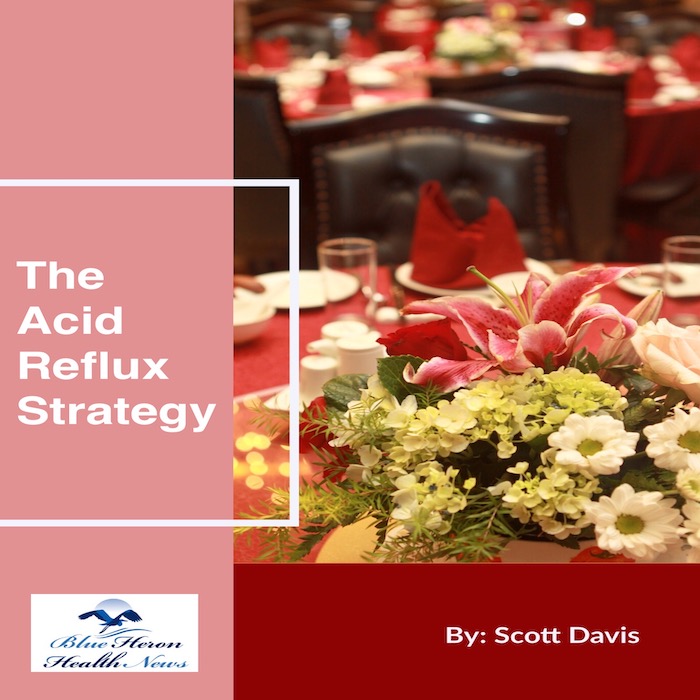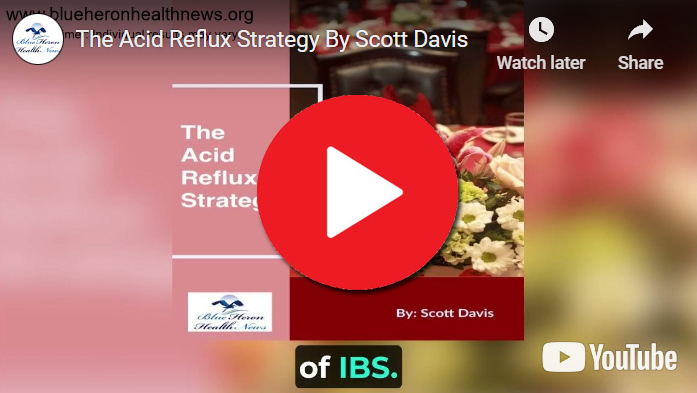
Acid Reflux Strategy™ By Scott Davis According to this eBook, you can start removing the symptoms of acid reflux and other similar problems just by making some changes in your diet, levels of stress, and lifestyle. It will guide you on how to change from the combination of food items to the sleep positions to relieve your problems. It also includes a list of food items you should focus on while shopping for it to find a natural treatment for your symptoms.
What are the trends in acid reflux cases in the USA over the past decade?
Trends in Acid Reflux Cases in the USA Over the Past Decade
Introduction
Acid reflux, also known as gastroesophageal reflux disease (GERD), has seen various trends in prevalence, diagnosis, and treatment over the past decade in the USA. These trends are influenced by changes in lifestyle, healthcare practices, awareness, and medical advancements. This document explores the key trends in acid reflux cases over the past ten years.
1. Increasing Prevalence
1.1 Rise in Cases
- The prevalence of acid reflux has increased over the past decade. Studies suggest that GERD now affects about 20% of the adult population in the USA, with millions experiencing symptoms regularly.
1.2 Contributing Factors
- Obesity: The rise in obesity rates is a significant contributor to the increasing prevalence of acid reflux. Excess body weight increases intra-abdominal pressure, leading to more frequent episodes of reflux.
- Dietary Habits: Increased consumption of high-fat, spicy, and processed foods, along with large portion sizes, has contributed to the rise in acid reflux cases.
- Aging Population: The growing number of older adults, who are more likely to experience acid reflux, also contributes to the increased prevalence.
2. Advances in Diagnosis
2.1 Improved Diagnostic Tools
- The past decade has seen advancements in diagnostic tools for acid reflux, such as high-resolution manometry and impedance-pH monitoring. These tools provide more accurate and comprehensive assessments of esophageal function and acid exposure.
2.2 Increased Awareness and Screening
- Greater awareness of acid reflux and its complications has led to more frequent screening and diagnosis. Primary care physicians and specialists are more vigilant in identifying symptoms and recommending appropriate diagnostic tests.
3. Treatment Trends
3.1 Medication Use
3.1.1 Proton Pump Inhibitors (PPIs)
- PPIs remain the most commonly prescribed medications for acid reflux. They are effective in reducing stomach acid production and providing symptom relief.
- Trends: There has been a growing awareness of the potential long-term side effects of PPIs, such as nutrient deficiencies and increased risk of infections. This has led to more cautious prescribing practices and a focus on using the lowest effective dose.
3.1.2 H2 Blockers and Antacids
- H2 blockers and antacids continue to be widely used for mild to moderate acid reflux symptoms.
- Trends: These medications are often used as first-line treatments or for breakthrough symptoms in patients on PPIs.
3.2 Lifestyle Modifications
3.2.1 Dietary Changes
- There is a growing emphasis on dietary modifications to manage acid reflux. Patients are increasingly being advised to avoid trigger foods, eat smaller meals, and avoid eating before bedtime.
3.2.2 Weight Management
- Weight loss and maintaining a healthy weight are recognized as important strategies for reducing acid reflux symptoms. Healthcare providers are focusing more on weight management as part of the treatment plan.
3.3 Surgical and Non-Surgical Interventions
3.3.1 Surgical Options
- Surgical treatments, such as laparoscopic fundoplication, have seen advancements in techniques and outcomes. These procedures are typically reserved for patients with severe GERD who do not respond to medical therapy.
- Trends: The use of minimally invasive surgical techniques has increased, offering patients quicker recovery times and fewer complications.
3.3.2 Non-Surgical Options
- Endoscopic procedures, such as radiofrequency treatment (Stretta) and transoral incisionless fundoplication (TIF), have gained popularity as alternatives to traditional surgery.
- Trends: These procedures are becoming more widely available and are considered for patients seeking less invasive treatment options.
4. Public Health and Awareness
4.1 Public Health Campaigns
- Public health campaigns aimed at raising awareness about acid reflux and its risk factors have contributed to increased recognition and early diagnosis of the condition.
4.2 Education and Resources
- Educational resources and support groups have become more accessible, helping patients better understand and manage their condition. Online platforms and telehealth services have expanded access to information and care.
5. Research and Innovation
5.1 Ongoing Research
- Continuous research into the underlying mechanisms of acid reflux and its complications has led to improved treatment strategies and novel therapies.
- Trends: There is ongoing investigation into the role of the microbiome, genetic factors, and new pharmacological targets in the management of GERD.
5.2 Technological Advancements
- Technological advancements, such as wearable devices for monitoring reflux episodes and smartphone apps for tracking symptoms, have emerged to assist patients in managing their condition more effectively.
Conclusion
The past decade has seen significant trends in the prevalence, diagnosis, and treatment of acid reflux in the USA. The increasing prevalence of the condition is influenced by factors such as rising obesity rates, dietary habits, and an aging population. Advances in diagnostic tools and increased awareness have improved the identification and management of acid reflux. Treatment trends include cautious use of medications, a focus on lifestyle modifications, and the adoption of both surgical and non-surgical interventions. Public health campaigns and ongoing research continue to contribute to better outcomes for patients with acid reflux. As these trends evolve, continued efforts in education, prevention, and innovative treatments will be essential in addressing the growing burden of acid reflux in the USA.
Acid Reflux Strategy™ By Scott Davis According to this eBook, you can start removing the symptoms of acid reflux and other similar problems just by making some changes in your diet, levels of stress, and lifestyle. It will guide you on how to change from the combination of food items to the sleep positions to relieve your problems. It also includes a list of food items you should focus on while shopping for it to find a natural treatment for your symptoms.
